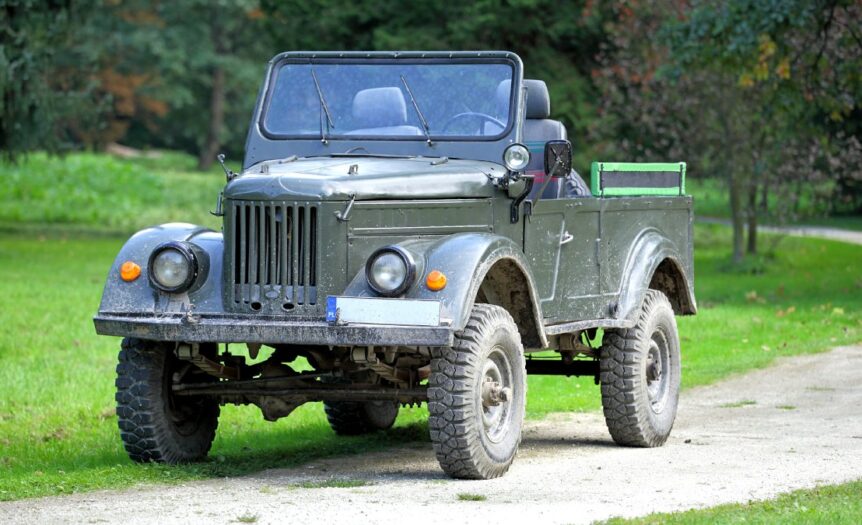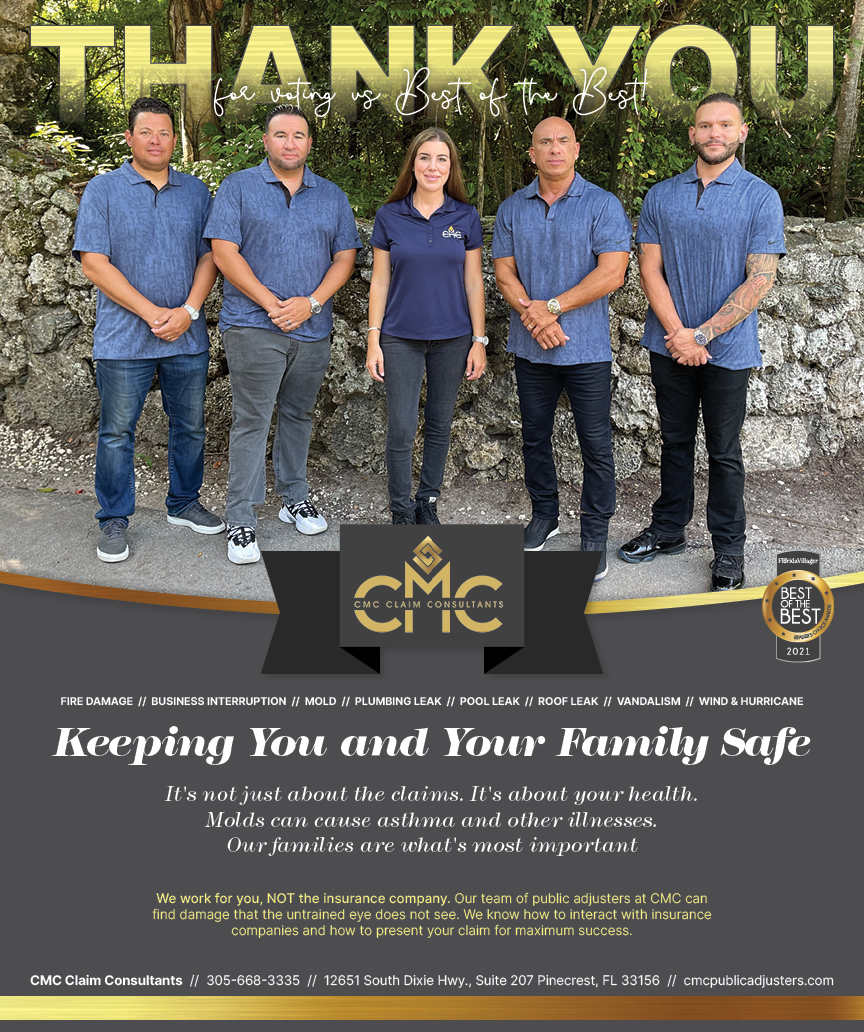Restoring a WWII-era Jeep, like the MB, GPW, or M38, is a labor of love that demands detailed attention to every component. Among all the systems needing care, the braking system stands out as critical to both functionality and safety.
However, common brake system pitfalls in vintage military Jeeps often lead to failure or decreased performance, particularly if restoration is approached without a keen eye for recurring issues.
Age-Related Component Degradation
Time can be cruel to vintage military vehicles. Rubber components like brake hoses, seals, and boots are especially vulnerable. These materials tend to harden, crack, or disintegrate with age, even if the Jeep has been stored indoors and unused for decades. This deterioration can result in leaks or loss of fluid pressure, making even a carefully maintained vehicle unreliable.
Internal rust and corrosion are other challenges that restorers often confront. Brake lines and wheel cylinders suffer from oxidation, especially when old DOT 3 brake fluid absorbs moisture over time. This internal corrosion not only reduces braking efficiency but can also cause catastrophic failures if left unchecked.
Maintenance Gaps During Storage or Restoration
Frequently, brake systems are neglected during long-term storage or partial restorations. Brake fluid, notorious for absorbing moisture, must be flushed regularly, but this maintenance step is often overlooked. Even Jeeps that see occasional use can develop internal buildup over time if fluid changes are ignored.
Partial restoration efforts present another hazard. Restorers sometimes replace individual components like a master cylinder while leaving older parts like wheel cylinders or brake lines in place. Over time, this creates uneven wear, reducing system reliability and increasing the risk of failure.
Installation and Rebuild Errors
Amateur restorers often fall victim to installation errors. One recurring issue in common brake system pitfalls in vintage military Jeeps is the failure to assess the brake system as a whole. For instance, a spongy pedal or sudden brake fade might not result from the master cylinder alone but could stem from a problem elsewhere in the system.
Improper brake line routing is another easily overlooked yet dangerous mistake. Lines that rub against the frame or suspension not only wear out faster but can quickly lead to leaks or complete failure. Diagrams must be followed carefully to ensure durability and accuracy in routing.
Mismatched or Low-Quality Parts
Restoring vintage military Jeeps often means navigating the difference between military-grade and civilian-grade parts. Civilian components may look similar, but they rarely meet the durability and performance standards these vehicles were built for. For example, a civilian master cylinder often wears out faster and may not tolerate the demands of off-road or loaded use.
Reproduction parts bring their own risks. Inconsistent machining, poor materials, and slight deviations in design can lead to premature failure or poor fit. Using original-spec components not only delivers more dependable results but also plays a key role in preserving WWII Jeep parts for future restoration. These parts maintain performance and historical integrity.
Attention to Detail is Key
Preserving the integrity of vintage military vehicles requires more than just mechanical know-how—it takes an unwavering focus on quality and comprehensive system inspections. By staying aware of these common pitfalls, restorers can ensure their classic Jeeps remain functional and safe, honoring the engineering legacy of vehicles designed over 80 years ago.










 Deering Estate
Deering Estate
 Massage Envy South Miami
Massage Envy South Miami
 Calla Blow Dry
Calla Blow Dry
 My Derma Clinic
My Derma Clinic
 Sushi Maki
Sushi Maki
 Sports Grill
Sports Grill
 The Healthy Kitchen
The Healthy Kitchen
 Golden Rule Seafood
Golden Rule Seafood
 Malanga Cuban Café
Malanga Cuban Café

 Kathleen Ballard
Kathleen Ballard
 Panter, Panter & Sampedro
Panter, Panter & Sampedro
 Vintage Liquors
Vintage Liquors
 The Dog from Ipanema
The Dog from Ipanema
 Rubinstein Family Chiropractic
Rubinstein Family Chiropractic
 Your Pet’s Best
Your Pet’s Best
 Indigo Republic
Indigo Republic




 ATR Luxury Homes
ATR Luxury Homes


 2112 Design Studio
2112 Design Studio
 Hamilton Fox & Company
Hamilton Fox & Company
 Creative Design Services
Creative Design Services
 Best Pest Professionals
Best Pest Professionals
 HD Tree Services
HD Tree Services
 Trinity Air Conditioning Company
Trinity Air Conditioning Company
 Cisca Construction & Development
Cisca Construction & Development
 Mosquito Joe
Mosquito Joe
 Cutler Bay Solar Solutions
Cutler Bay Solar Solutions


 Miami Royal Ballet & Dance
Miami Royal Ballet & Dance
 Christopher Columbus
Christopher Columbus
 Pineview Preschools
Pineview Preschools
 Westminster
Westminster
 Carrollton
Carrollton
 Lil’ Jungle
Lil’ Jungle
 Frost Science Museum
Frost Science Museum
 Palmer Trinity School
Palmer Trinity School
 South Florida Music
South Florida Music
 Pinecrest Orthodontics
Pinecrest Orthodontics
 Dr. Bob Pediatric Dentist
Dr. Bob Pediatric Dentist
 d.pediatrics
d.pediatrics
 South Miami Women’s Health
South Miami Women’s Health

 The Spot Barbershop
The Spot Barbershop
 My Derma Clinic
My Derma Clinic




 Miami Dance Project
Miami Dance Project

 Rubinstein Family Chiropractic
Rubinstein Family Chiropractic
 Indigo Republic
Indigo Republic

 Safes Universe
Safes Universe
 Vintage Liquors
Vintage Liquors
 Evenings Delight
Evenings Delight





 Atchana’s Homegrown Thai
Atchana’s Homegrown Thai
 Baptist Health South Florida
Baptist Health South Florida

 Laser Eye Center of Miami
Laser Eye Center of Miami
 Visiting Angels
Visiting Angels
 OpusCare of South Florida
OpusCare of South Florida

 Your Pet’s Best
Your Pet’s Best





 HD Tree Services
HD Tree Services
 Hamilton Fox & Company
Hamilton Fox & Company


 Creative Design Services
Creative Design Services